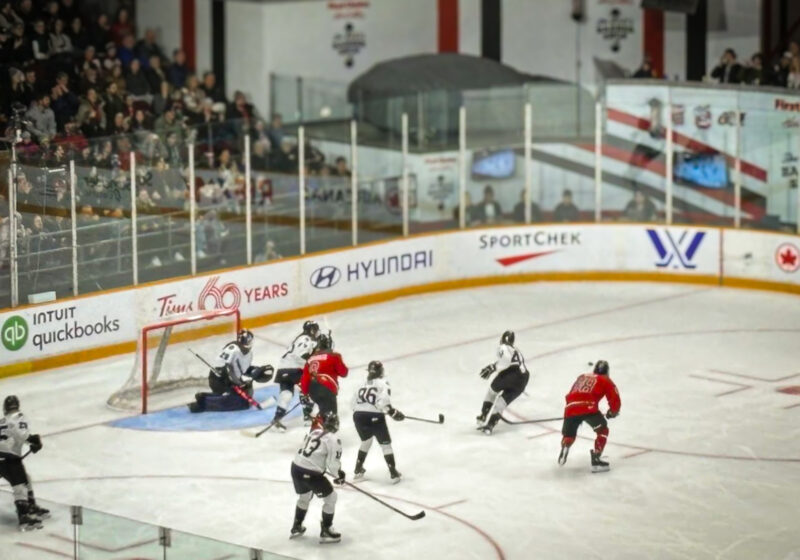In early Aug., UR’s Brain and Cognitive Sciences (BCS) department was awarded a $12.2 million grant by the National Institutes of Health (NIH) for its ongoing research project of causal inference – or in other words, how our brains distinguish between motion that occurs because we move, or motion that occurs because things in our environment move.
Our brain’s visual system is the most well-studied out of all the sensory systems, yet many questions remain unanswered, especially when it comes to how the brain processes the information it receives into complex constructs of the world around us.
The research project focuses on how the brain understands the difference between object motion and self-motion, and how different parts of our eyes and brain interact to “give rise to our percepts of what we see,” according to Assistant Professor of BCS Ralf Haefner.
“This project mainly involves vision,” George Eastman Professor of BCS Greg DeAngelis said. “The brain gets this complicated pattern of sensory input, and it has to figure out what set of possible things that could happen in the world are most likely to have caused that sensory input.”
The main goal of this project, according to DeAngelis, was to study in detail how the brain takes sensory data and uses it to make inferences about the world. Although this isn’t new territory, there’s still more to discover about what happens in the brain. Even on the computational side, “we don’t really know quite yet how to turn the models that describe behavior well into models that really explain how neurons and populations of neurons do those computations,” DeAngelis said.
He added that the project was somewhat a continuation of others that he and Haefner worked on individually before. For Haefner, the first time the topic of causal inference was introduced to him was when he interviewed DeAngelis.
“Almost two years ago, I went to a conference with my students, and we saw a talk, a tutorial by [a researcher] who talked about his own work, his own model on causal inference,” Haefner said. “I, for the first time, really saw how interesting the computational model of [causal inference] could be built […] that’s when [DeAngelis and I] started talking more often and collaborating.”
Though DeAngelis worked together on the project with New York University Neural Science professor Dora Angelaki for a few years, it wasn’t until spring 2019 when Angelaki reached out to DeAngelis to consider applying for a grant.
In Oct. 2019, a grant proposal was submitted to NIH, which was reviewed in mid-March. In July, the professors were contacted by the Director of NIH that the project proposal was recommended for funding.
The research is divided into two parts: the experimental and the theoretical/computational. The experimental aspect is divided again into two main groups: DeAngelis’s and Angelaki’s labs at UR and NYU, respectively. A smaller group, hosted by University of Washington Physiology and Biophysics associate professor Greg Horwitz, is working on the project as well.
“All the experimental work is animal work — so either mice or monkeys — and it’s really basic science to try to understand basic principles by which the brain works,” DeAngelis said.
On the theoretical and computational side of things, Haefner co-runs things alongside Jan Drugowitsch, an assistant professor at Harvard University, and Xaq Pitkow, assistant professor at Baylor College and Rice University.
The theoretical and computational aspect focuses on developing computational and mathematical models, predictions, and hypotheses of how our brains make inferences, Haefner said. By working together with DeAngelis’s data, they’ll be able to test these hypotheses.
Much of the grant, scheduled to last for a period of five years, will be going towards graduate students and postdoctoral fellows. Other areas that the grant will support include the lab work itself — the equipment, supplies, and other expenses — and salaries (though small).
Haefner hopes that this research will lead to a better understanding of the middle temporal area of the brain — specifically, how the neurons in that region represent motion and how it relates to the percept of motion.
“The exciting part is just […] really trying to find something new,” DeAngelis said.


